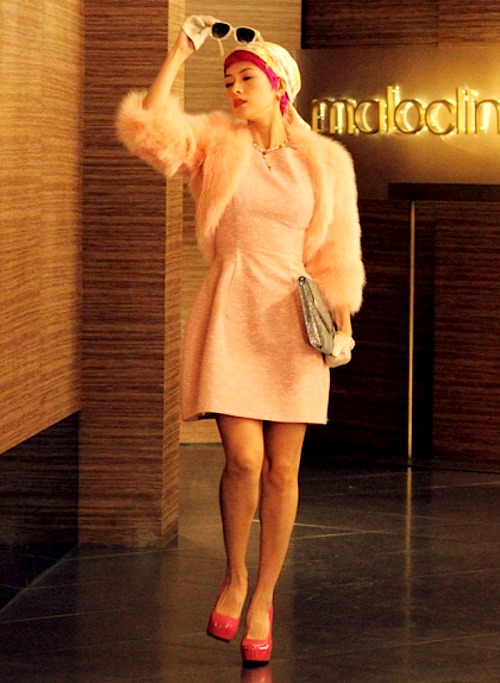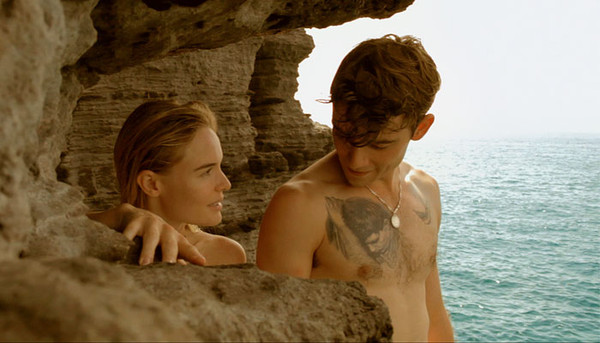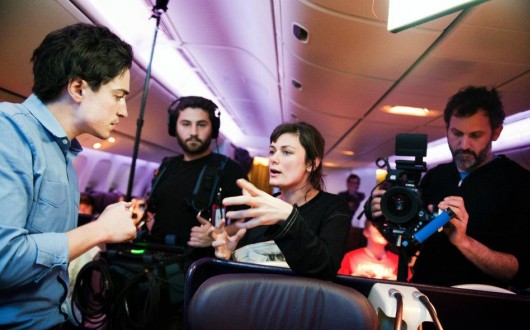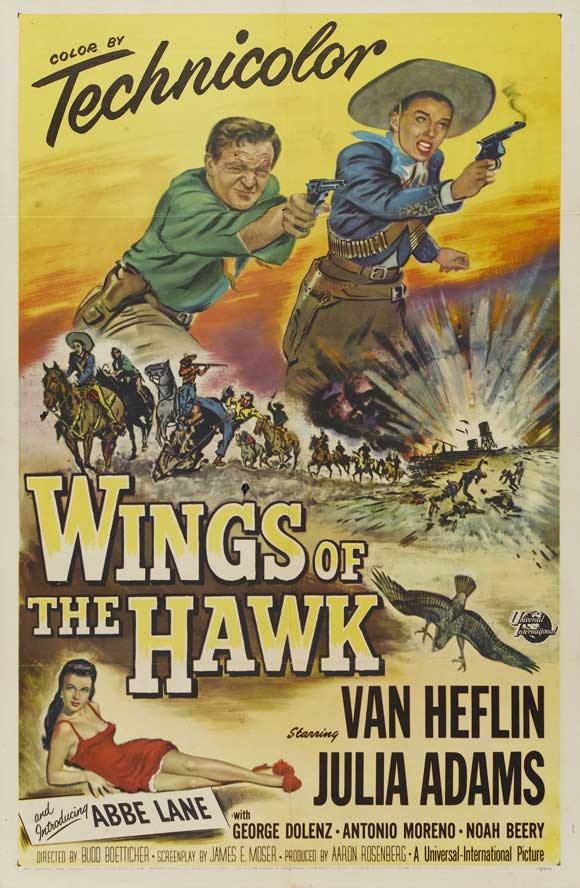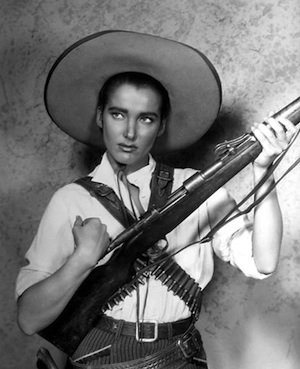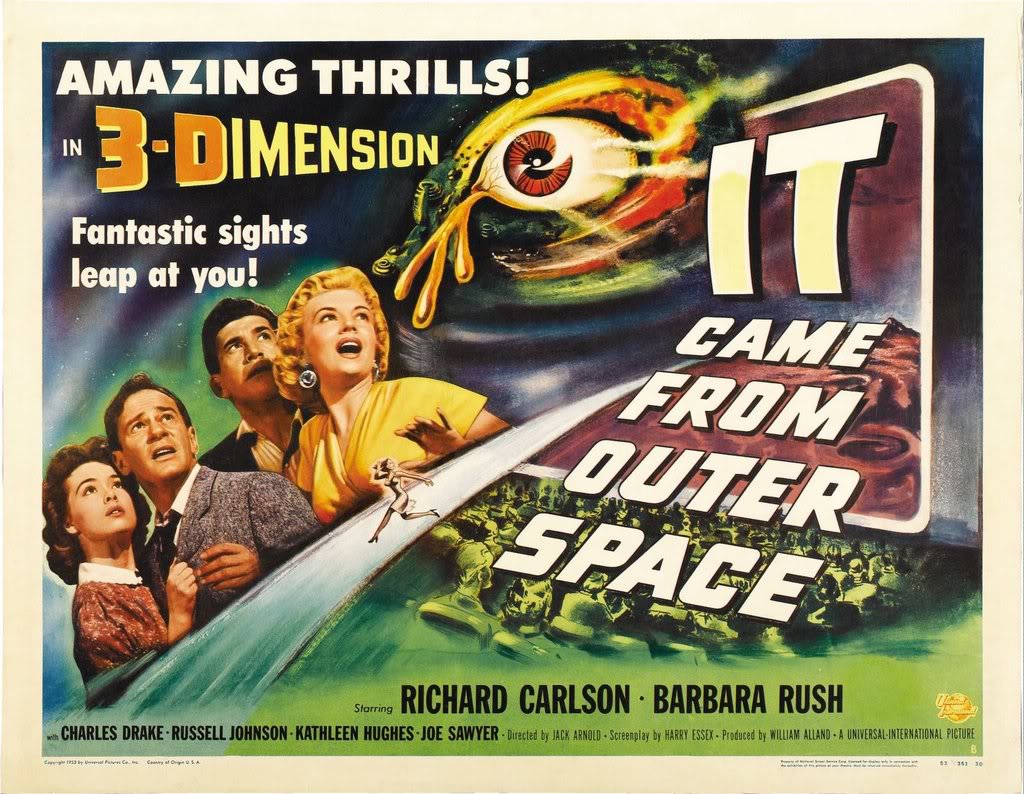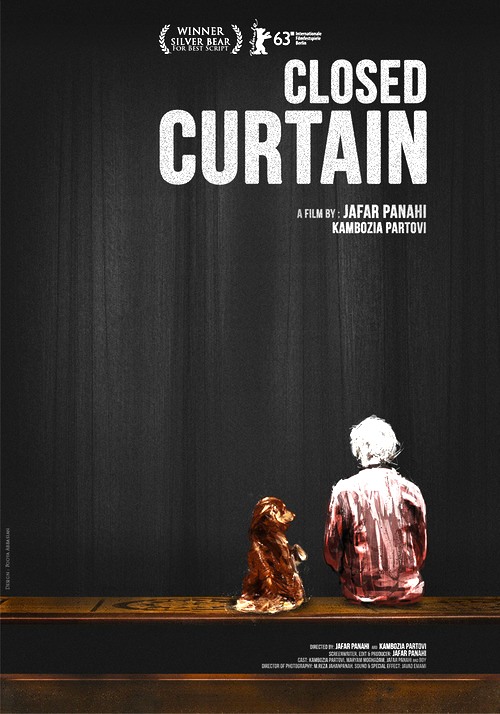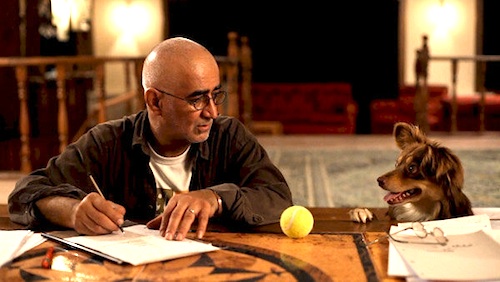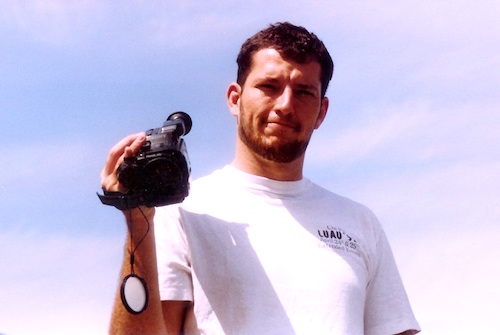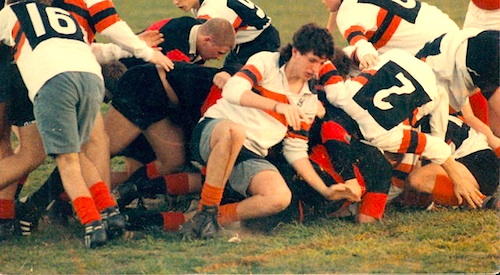By Joe Bendel. The future will be nasty, brutish, and snowy. To combat global warming huge weather controlling machines were invented, but tragically they got stuck on snow—or something like that. On the positive side, summers in New York have become almost bearable. Cash out your 401K’s now, because if that all weren’t bad enough, cannibalism starts to spike in Jeff Renfroe’s The Colony, which opens tomorrow in New York.
So, its pretty cold out there. Only scattershot handfuls of humanity survive in underground colonies, hoping to somehow outlast the big freeze. Given their cramped living conditions, flu has become a matter of life and death. Basically, if you cough, you are sent out to die. The overzealous Mason is the one in charge of “quarantine,” a fact that does not sit well with Sam, the sensitive handyman. He takes the issue up with Briggs, Colony 7’s commander, who inconveniently has more pressing concerns.
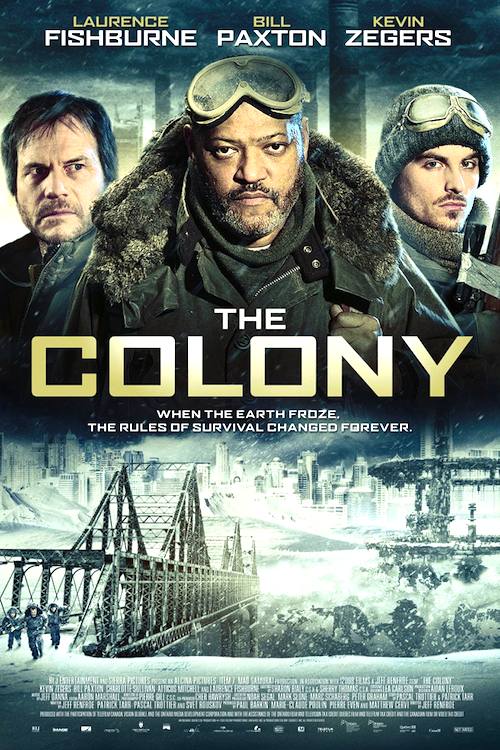 Their sister colony sent a distress signal, ominously followed by radio silence, so Briggs takes Sam and an easily winded teenager out to investigate. After making the arduous journey past a series of surprisingly cool looking matte paintings, the expeditionary party discovers their allied colony was over-run by a pack of cannibals. Despite descending into savagery, they prove to be dashed difficult to kill.
Their sister colony sent a distress signal, ominously followed by radio silence, so Briggs takes Sam and an easily winded teenager out to investigate. After making the arduous journey past a series of surprisingly cool looking matte paintings, the expeditionary party discovers their allied colony was over-run by a pack of cannibals. Despite descending into savagery, they prove to be dashed difficult to kill.
It is rather ironic this tale is climate catastrophe is Canadian-made, because the weather will look rather temperate to half that country. Yet, the northern location shoots, filmed at an old, mothballed Canadian NORAD facility, are what work best for Colony. Likewise, the hulking, frost-encrusted weather machines are quite striking looking. Unfortunately, the script (credited to Renfroe and three others) feels like it was cobbled together from Roland Emmerich’s slush pile.
For a derivative film, Laurence Fishburne’s performance as Briggs is largely derived from his work in the superior Event Horizon, but frankly, that is not entirely bad. Similarly, Bill Paxton recycles his “game over, man” persona for Mason, but with less successful results. Kevin Zegers and Charlotte Sullivan are pretty bland as Sam and his potential love interest, Kai, the seed archivist and computer specialist – but at least her character listens to Duke Ellington, so you have to tip your hat to that. Considering Dru Viergever’s character is only credited as “Feral Leader,” it is probably safe to assume not much of an awards campaign is being planned on his behalf. Nevertheless, he certainly looks the part.
To call The Colony a meathead movie would over-praise it. Visually, it accomplishes much with its limited resources, but never rises above mediocrity in any other criteria. Just kind of whatever (at best), it is hard to imagine anyone will pay Manhattan ticket prices to see it when The Colony opens tomorrow (9/20) in New York at the AMC Empire.
LFM GRADE: C-
Posted on September 19th, 2013 at 11:23am.
